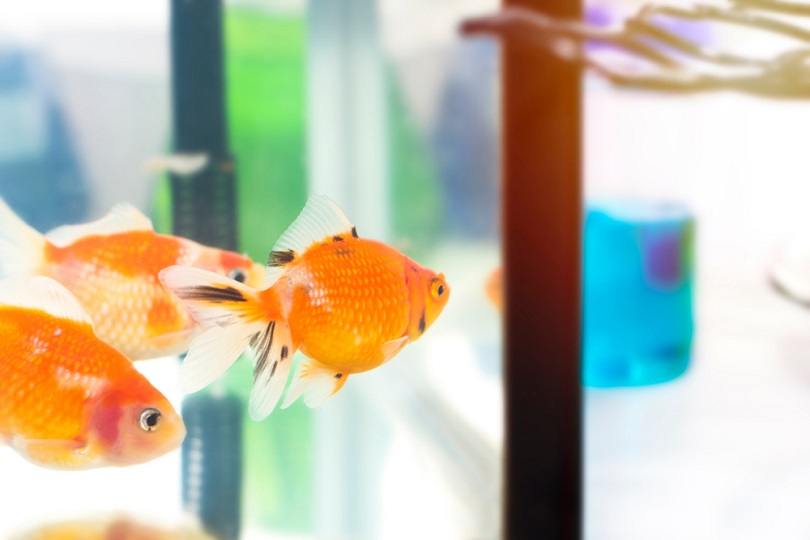Ok - I am going to take those citations as seriously as the claim that moss balls make great wedding gifts by the guy that makes money out of flogging them (sorry).Here are a couple of articles where they list moss ball #1 or #2
https://www.paintafish.org/best-aquarium-plants-to-reduce-nitrates/

6 Best Aquarium Plants To Reduce Nitrates Reviewed 2023
Best aquarium plants to reduce nitrates are mainly utilized to oxygenate the water, provide freshwater aquariums a natural look.www.amoskeagfishways.org

How to Lower Nitrate Levels in Your Aquarium - 6 Vet-Approved Tips | Hepper
What causes high nitrate levels, and how can you control them? Find out here and how to lower them in our complete guide.www.aquascapeaddiction.com
Plants remove ammonia from the water (which means no nitrate is produced as with filtration) by photosynthesis. The faster a plant grows the more photosynthesis occurs. Moss balls grow a few mm per year. If you need plants to reduce ammonia you need those that grow quickly. Floating plants are best for this because they are closest to the light and take CO2 directly from the atmosphere. Water sprite or frogbit will grow several inches in a single day.
Honestly its no contest.

